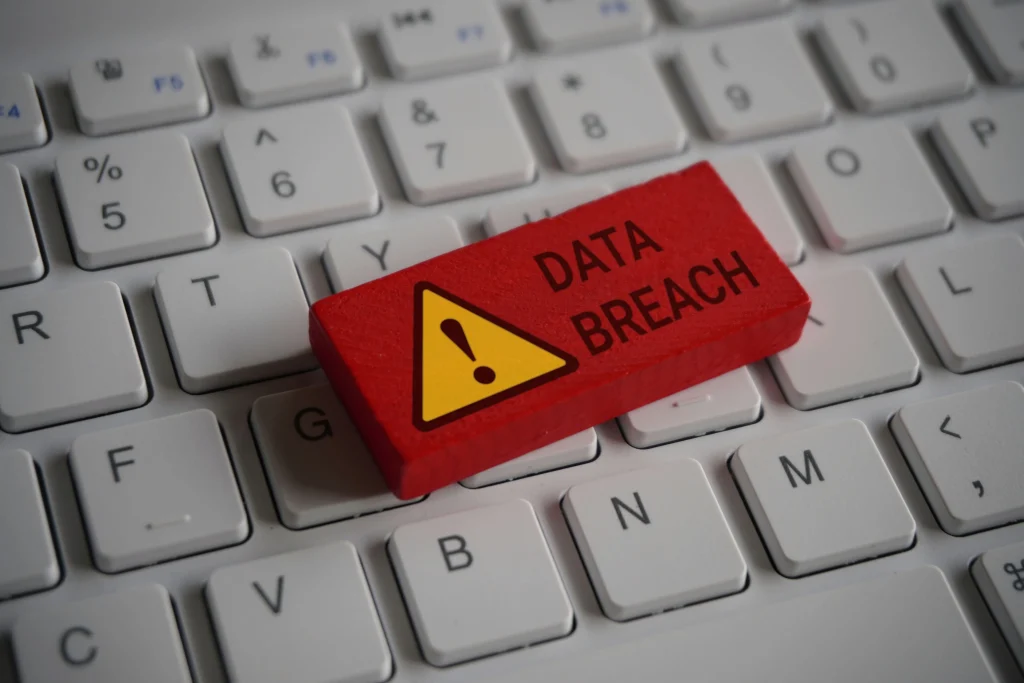Data Loss Prevention (DLP) is a critical component of modern cybersecurity strategies, especially for small and medium-sized enterprises (SMEs) that operate with limited resources but handle increasingly sensitive data. Whether it’s customer information, financial records, or proprietary business data, SMEs face growing threats from cyberattacks, insider misuse, and accidental data leaks. As digital operations expand, so does the attack surface, making it essential for SMEs to proactively safeguard their data assets against loss or exposure.
Implementing effective DLP measures helps businesses prevent unauthorized access, data breaches, and inadvertent data loss. More than just a set of tools, DLP is a strategic approach that combines technology, policy, and employee awareness to ensure sensitive data remains protected throughout its lifecycle. This article outlines key best practices for SMEs to develop and maintain a strong DLP framework, from data classification and risk assessment to employee training and the use of advanced security solutions.
1. Identify and Classify Sensitive Data
The first step in implementing Data Loss Prevention (DLP) is to identify and classify sensitive data. This includes personal information, financial records, intellectual property, and any other data that is critical to your business. By understanding what data needs protection, you can tailor your DLP strategy to focus on the most valuable assets.
Once sensitive data is identified and classified, it’s important to determine where this data resides, how it flows across your systems, and who has access to it. Mapping data movement helps uncover hidden vulnerabilities and ensures that security measures are applied consistently across all touchpoints. This visibility lays the groundwork for enforcing appropriate controls and policies that safeguard critical information throughout its lifecycle.
2. Conduct a Risk Assessment
Perform a thorough risk assessment to identify potential threats and vulnerabilities. This involves evaluating your current security measures, understanding the types of data you handle, and identifying potential sources of data loss. A risk assessment helps in prioritizing DLP efforts and allocating resources effectively.
Based on the findings of the risk assessment, SMEs can develop a targeted approach to mitigate identified risks. This includes strengthening weak points in the existing infrastructure, updating outdated security protocols, and addressing gaps in employee awareness. By aligning DLP strategies with actual risk levels, businesses can make informed decisions, optimize their security investments, and better protect their most sensitive data assets.
3. Develop a Comprehensive Data Loss Prevention Policy
A well-defined Data Loss Prevention (DLP) policy is crucial for guiding your organization’s data protection efforts. This policy should outline the types of data that need protection, the methods for protecting them, and the roles and responsibilities of employees. Ensure that the policy is communicated clearly to all staff members and regularly updated to address new threats.
In addition to having a clear policy, it’s essential to integrate the DLP policy into your daily business operations. This means embedding security protocols into workflows, ensuring that data protection is considered in every process, from onboarding new employees to managing third-party vendors. Regular reviews, compliance checks, and updates to the policy will help keep it relevant and effective as your business evolves and new threats emerge.
4. Implement Technical Controls
Technical controls are the backbone of any DLP strategy. These include encryption, access controls, and data masking. Encryption ensures that data is unreadable to unauthorized users, while access controls limit who can view or modify sensitive information. Data masking replaces sensitive data with fictitious data for testing and development purposes, reducing the risk of exposure.
To maximize the effectiveness of these technical controls, businesses should ensure they are properly configured and consistently applied across all systems and devices. It’s also important to integrate these controls with other security tools, such as firewalls, intrusion detection systems, and cloud security platforms, to create a layered defense. Regular testing and updates are essential to keep these controls aligned with evolving threats and to close any security gaps that may arise over time.
5. Monitor and Audit Data Activity
Continuous monitoring and auditing of data activity are essential for detecting and responding to potential data loss incidents. Implement tools that can track data movement, access, and usage patterns. Regular audits help in identifying anomalies and ensuring compliance with your DLP policy.
In addition to detecting threats, monitoring and auditing also provide valuable insights into user behavior and system performance. These insights can help refine your Data Loss Prevention (DLP) policies, identify areas for improvement, and support investigations in the event of a security incident. Establishing clear logging practices and maintaining detailed audit trails are crucial for accountability, regulatory compliance, and timely incident response.
6. Educate and Train Employees
Human error is a significant cause of data breaches. Educate and train your employees on the importance of data protection and the role they play in maintaining security. Regular training sessions and awareness programs can help in reducing the risk of accidental data loss and ensuring that employees adhere to DLP policies.
To reinforce this training, consider incorporating real-world scenarios, phishing simulations, and periodic assessments to keep employees engaged and informed. It’s also beneficial to establish a clear reporting process for suspicious activity or potential data incidents. By fostering a culture of security awareness and accountability, employees become proactive participants in your organization’s data protection efforts.
7. Implement Endpoint Protection
Endpoints, such as laptops, smartphones, and tablets, are common sources of data loss. Implement endpoint protection solutions that can monitor and control data transfers to and from these devices. This includes using tools that can block unauthorized USB devices, encrypt data on mobile devices, and remotely wipe data if a device is lost or stolen.
Ensuring that endpoint protection is consistently applied across all devices—whether company-owned or part of a BYOD (bring your own device) policy—is essential for comprehensive security. Centralized management platforms can help enforce security policies, push updates, and respond quickly to threats. Additionally, implementing multi-factor authentication (MFA) and strong password policies further strengthens endpoint security by reducing the risk of unauthorized access.
8. Regularly Update and Patch Systems
Keeping your systems and software up to date is critical for protecting against known vulnerabilities. Regularly update and patch your operating systems, applications, and security tools to ensure they are equipped to handle the latest threats. Automated patch management solutions can help in streamlining this process.
Neglecting software updates can leave critical gaps that cybercriminals exploit to gain access to sensitive data. By establishing a consistent patch management schedule and leveraging automated tools, businesses can reduce downtime, minimize human error, and maintain system integrity. It’s also important to test patches in a controlled environment before full deployment to avoid compatibility issues or disruptions to operations.
9. Establish Incident Response Procedures
Despite the best preventive measures, data loss incidents can still occur. Establish clear incident response procedures to quickly address and mitigate the impact of data breaches. This includes having a response team in place, defining the steps to take in the event of a breach, and regularly testing your response plan through simulations.
An effective incident response plan should also include communication protocols for notifying stakeholders, regulatory bodies, and affected customers, as required by law. Documenting each incident and conducting post-incident reviews can help identify root causes and strengthen future prevention efforts. By being prepared and responsive, SMEs can minimize damage, recover faster, and maintain trust with clients and partners.
10. Leverage Data Loss Prevention Solutions
There are various Data Loss Prevention (DLP) solutions available that can help in automating and enforcing your data protection policies. These solutions can provide real-time monitoring, alerting, and reporting capabilities, making it easier to manage and protect your data. Choose a solution that fits your business needs and integrates well with your existing infrastructure.
When selecting a DLP solution, consider factors such as scalability, ease of deployment, compatibility with your current systems, and the level of support offered by the vendor. Cloud-based DLP tools can be particularly beneficial for SMEs, offering flexibility, lower upfront costs, and simplified management. A well-chosen DLP solution not only enhances security but also streamlines compliance with industry regulations and data protection standards.
Implementing strong Data Loss Prevention (DLP) measures is vital for SMEs to protect sensitive data, maintain customer trust, and ensure regulatory compliance. By following best practices—such as classifying data, training employees, securing endpoints, and using the right tools—small businesses can build a resilient data security framework that minimizes risks and supports long-term growth.





















